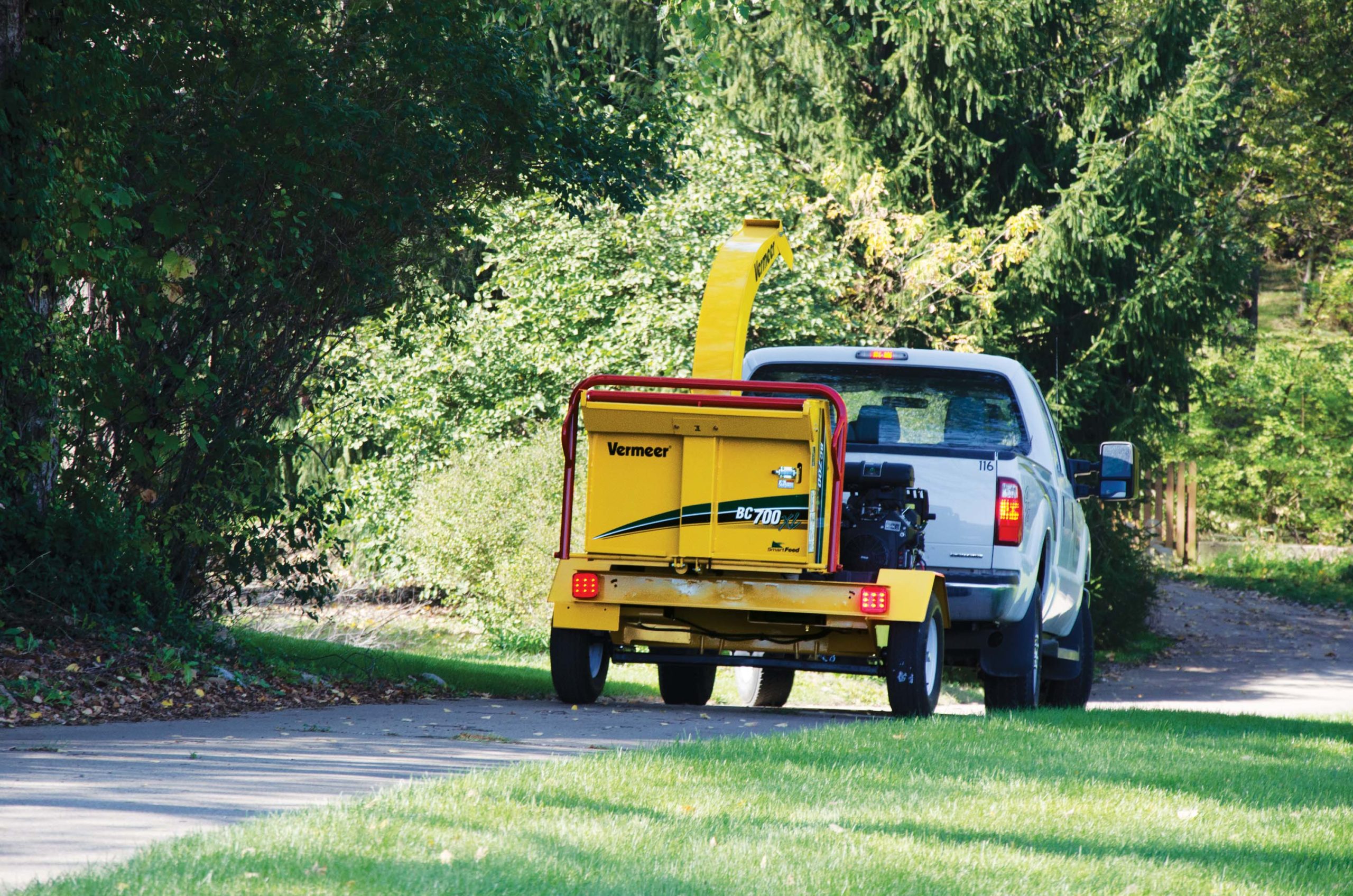The right business prospects, people, equipment and industry relationships are all critical factors to consider when laying the groundwork to grow your tree care business.
It’s important to first look inward before even starting the growth process. Ask yourself key questions to reveal how ready you are to grow your business. Examine your “appetite to grow” and start by looking at business prospects. If you do have the right growth potential from a business standpoint, your job as a business owner and operator will likely change as well, making it important to gauge your readiness from a management standpoint.
“If you do have the appetite to grow, I would first look into if you have enough recurring business and work backlog to sustain adding more crew members and keep work in front of everybody. You either need to have contracts confirmed or have enough referral business to keep that backlog full,” said Vermeer Commercial Business Manager Austin Bonnema, whose expertise includes new business development and strategy planning. “With more people working for you, your job will change too. You’ll be going out and finding new long-term business and investing in the equipment and software to make your business operate smoothly.”
Grow with the right people
Expanding your workforce is more than just adding capable workers. They need to fit your management style and embody four main characteristics.
“Ultimately, you want somebody who’s going to show up every day, work hard, work safely and who will be trustworthy to operate your equipment, then do it all over again the next day. Finding people who will do it every day is the toughest thing,” Bonnema said. “You want people who have a strong work ethic and are dependable, honest and loyal. Those are the four biggest characteristics to look for.”
Beyond these characteristics, it’s important to integrate new employees who share your commitment to the tree care industry. One way to show that commitment is through education, and a major educational milestone is earning the International Society of Arboriculture (ISA) certification as an arborist. Having a workforce that includes a high percentage of certified arborists goes a long way to maintaining high-quality work and service, as well as showing your professionalism.
“You can hire a schooled arborist or develop somebody already in your business to be an arborist. Having trained arborists is a really big thing in the tree care industry right now,” Bonnema said. “There’s a continuous demand for them, and how you develop your own pipeline of arborists is important to securing long-term work.”
Build industry relationships
Growing your workforce with the right people is just part of the personnel equation. Once you’ve built your expanded team, it’s important to provide opportunities to grow professionally. Whether it’s enrolling in an ISA or Tree Care Industry Association (TCIA) workshop or simply informally networking with industry peers, opportunities to grow professionally through networking and education are a huge part of maintaining a well-informed workforce.
“The biggest thing people can do is learn from their peers. Develop relationships through local ISA chapters and associations. Get to know people from other parts of the country through TCIA involvement. Everyone has some of the same problems with things like labor and rising costs,” Bonnema said. “Take advantage of networking opportunities, ask questions, learn and integrate what you learned into your business.”
Focus on equipment that matters
Equipment plays a major role in any tree care business expansion. When growing your equipment lineup, it’s important to keep your eye on your bottom line and revenue potential of your business. More importantly, don’t increase spending on tools and equipment that won’t have a real monetary contribution to your work.
Though the specific equipment needed to successfully expand a tree care business will vary for each owner and operator, it’s important to have the basics covered. That usually means a boom truck, chippers, chainsaws and all the necessary safety equipment. But, building this lineup should come with attention on your business and its specific needs.
“Focus on what’s going to make you money and how you can differentiate your services. Make sure you’ve got what you need today but also what’s going to help expand the scope of your work later on,” Bonnema said. “There’s no universal answer; people go through expansion at different stages, and a lot depends on where you live and the work that you do.”
Make safety a priority
As you add more manpower and equipment, safety should always remain a major priority. A larger workforce may mean creating a more formal process for reviewing safety information and helping ensure it is “top-of-mind” for all workers. Bonnema recommended taking advantage of industry resources to ensure a strong focus on safety, as well as taking a hands-on approach to keeping that focus with your employees.
“There are training offerings that you can take advantage of to make a part of your business,” he said. “Create a daily routine of safety and address different topics every week or every day. Review any close calls and how you can prevent them in the future. Try to keep it at the forefront every day.”
Vermeer, Vermeer logo and Equipped to Do More are trademarks of Vermeer Corporation in the U.S. and/or other countries. © 2018 Vermeer Corporation. All Rights Reserved.
